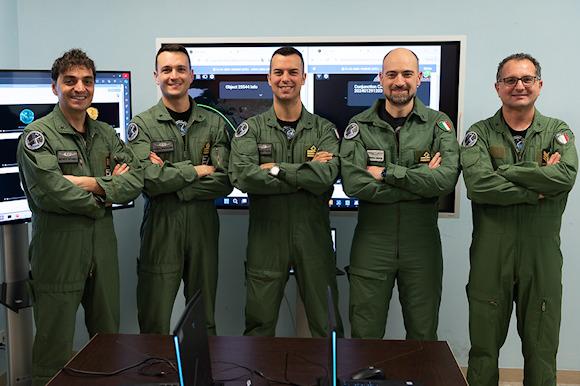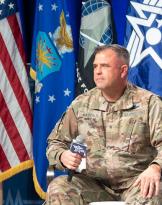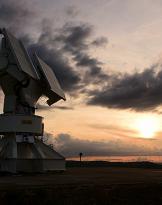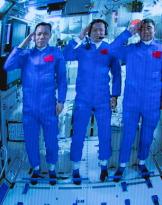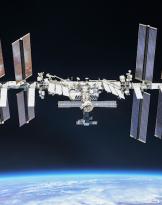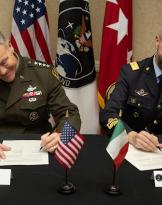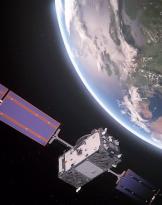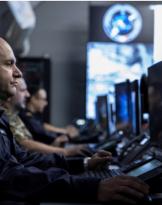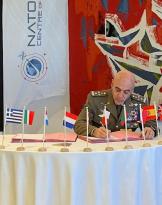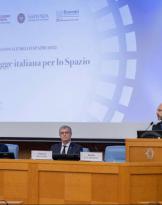On 31 January and 1 February 2024, tests relating to the "ISOC services for ISS" experimentation were carried out on board the International Space Station. Colonel Walter Villadei has in fact tested, for the first time remotely and autonomously, the possibility of monitoring the onset of any threats caused by debris in orbit and evaluating the related emergency maneuvers. This is thanks to the capabilities of the ISOC software, a platform designed to meet the needs of strategic knowledge of the space environment, known internationally as "Space Situational Awareness".
Owned by the Air Force and developed by aerospace engineering group (GIAS) of experimental flight department (RSV) of air division of aeronautical and space experimentation (DASAS), ISOC is the result of a transversal collaboration between the Armed Forces, the aerospace industry (Leonardo) and the University (University of Naples and Polytechnic of Milan).
“The tests were a success, and they repaid us for the months of hard work”, commented engineer captain Alessandro Panico, serving at the experimental flight department and program project manager. “It was a great team effort, and we are aware that we can all be proud of this success. Many have contributed, with choices, directions or simply by putting passion into everyday work, which characterizes the work of GIAS and which we have also carried forward in the collaboration with industrial and academic partners, as well as with colleagues in the systems department automated information systems (ReSiA) and with those of the national center for meteorology and climatology of the Air Force (CNMCA)".
The experiment constitutes a fundamental first step towards the acquisition, by the astronauts and by them payload, autonomy from the support of terrestrial segments, with a view to intensifying the exploitation of low and cislunar orbits, as well as in the not too distant prospect of interplanetary travel.
The test will also contribute to the systematic study of the correspondences between space weather events and anomalies generated during navigation, such as, for example, the GPS/GNSS signal coverage index or malfunctions in electronic equipment.

